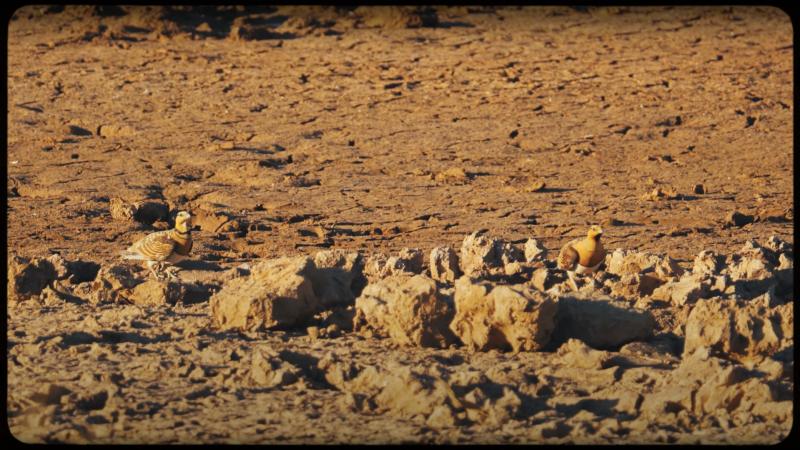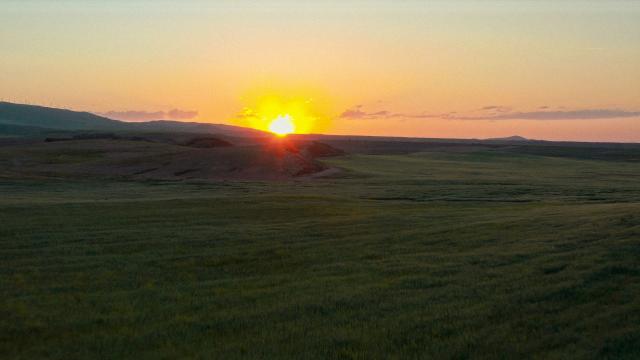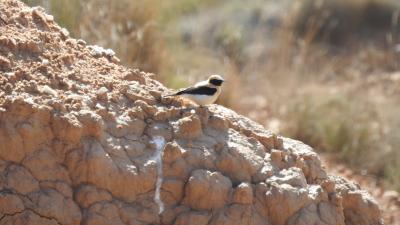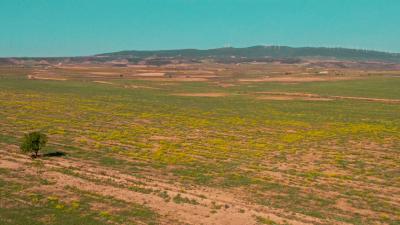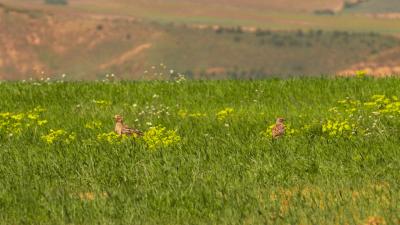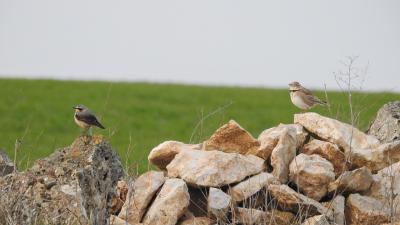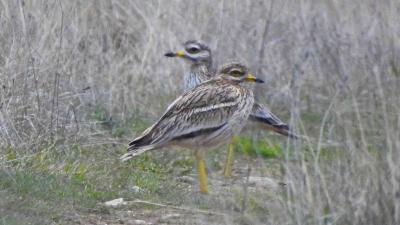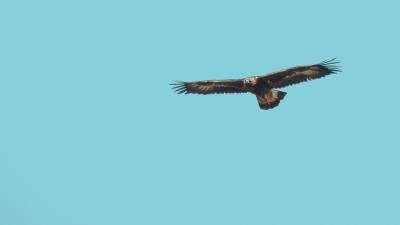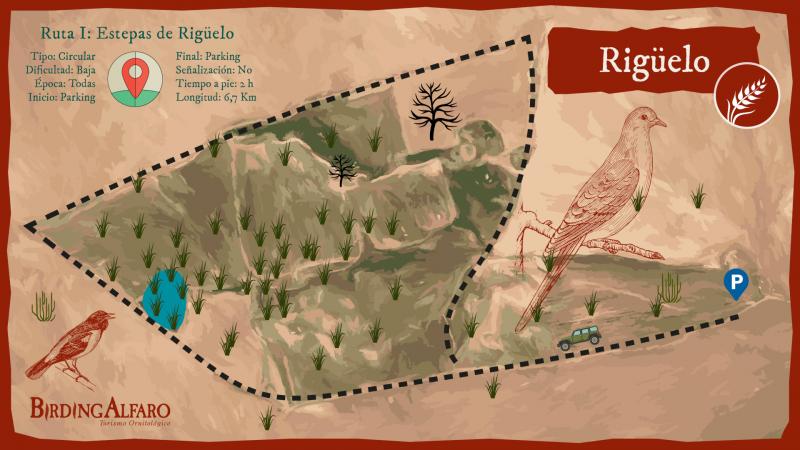We could say that in La Rioja there are no longer true steppes (as in the rest of Spain), but we can find certain steppe areas. A part of the territory of Alfaro (places where the soils are too saline for crops) bears certain similarities with the nearby “Bardenas Reales” or the Monegros Aragonese area, considered the best steppe enclaves that still resist in the entire Ebro Valley. These areas of our town are defined by a succession of small plains, hills and low-lying ravines. They are lands with poor drainage, with a characteristic seasonal water regime that means that these lands have to withstand long droughts. Rihuelo is the area that best represents the survival of the Riojan steppes, here we find hills with low-sized bushes and saline soils interspersed between vineyards and crops. This place is the last redoubt in the region of various species of steppe birds such as curlews, the shy sandgrouse or the threatened and rare little bustard.
Las Estepas
Rihuelo is the area that best represents the survival of the Rioja steppes, here we find hills with low scrub and saline soils interspersed with vineyards and crops. This place is the last redoubt in the region of various species of steppe birds such as stone curlews, shy sandgrouse or the endangered and scarce little bustard.
Gallery
ESTEPAS DE RIHUELO
It could be said that steppe habitats and the birds that inhabit them do not enjoy public favour when compared to other more appreciated habitats such as forests and mountains. However, these areas hide real treasures of Spanish nature despite being ignored and even despised from an environmental point of view. These open and treeless environments have been shaped by the hand of man for centuries, and are now disappearing and with them their exceptional birdlife.
The increase in land consolidation has led to the disappearance of stubble fields, banks and fallow land that were used by the local wildlife as refuge and feeding áreas. The replacement of traditional crops with more profitable ones such as almond trees or vines and more intensive land management have impoverished the agricultural environment from the point of view of biodiversity, endangering species linked to traditional human uses and exploitation. The indiscriminate use of chemicals (insecticides and herbicides) on crops has led to the disappearance of the arvense flora, herbaceous species that grow spontaneously (erroneously called weeds) and which form part of the essential flora of this habitat. The absence of herbaceous plants is associated with the disappearance of various types of insects, which also means the disappearance of the fauna that feeds on them. These products eliminate the diversity of plants and animals that coexist with the crops, producing the simplification in the biodiversity of the place, commented above, evidenced by the scarcity of plants, insects and birds in these cultivation areas.
- Steppe Areas
We could say that in La Rioja there are no longer true steppes (as in the rest of Spain), but we can find certain steppe areas. A part of the territory of Alfaro (places where the soils are too saline for crops) bears certain similarities with the nearby “Bardenas Reales” or the Monegros Aragonese area, considered the best steppe enclaves that still resist in the entire Ebro Valley. These areas of our town are defined by a succession of small plains, hills and low-lying ravines. They are lands with poor drainage, with a characteristic seasonal water regime that means that these lands have to withstand long droughts. Rihuelo is the area that best represents the survival of the Riojan steppes, here we find hills with low-sized bushes and saline soils interspersed between vineyards and crops. This place is the last redoubt in the region of various species of steppe birds such as curlews, the shy sandgrouse or the threatened and rare little bustard.
- Flora
Low-growing Mediterranean shrubs adapted to drought conditions are predominant in this area, such as thyme, lavender, ontina, albardín.
- Fauna
The majority group that we find within the steppe birds is undoubtedly that of larks, but other species of insectivorous birds such as wheatears, pipits and warblers are present. The most interesting group is undoubtedly the one made up of the “gangas” (iberia and ortega), the stone curlew and the little bustard, authentic jewels of the Riojan fauna, being one of the areas where it is still possible to observe them with a little luck and patience. Partridges, asparagus, goldfinches, linnets, as well as a diverse cast of birds of prey, end up making up the group of birds that we can find in the steppes of Alfaro.
Maps
List of birds



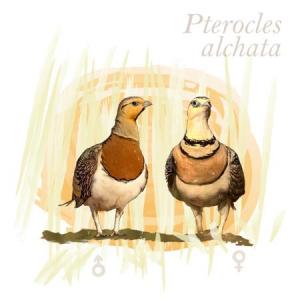
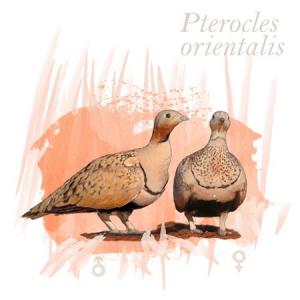

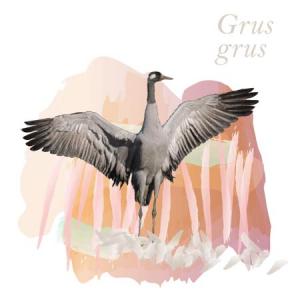



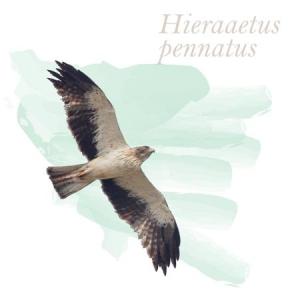
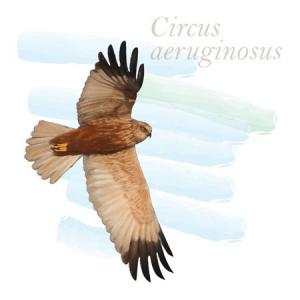



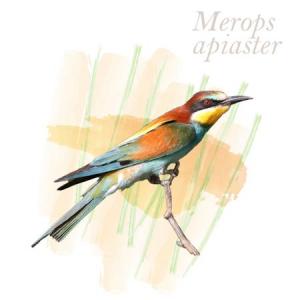
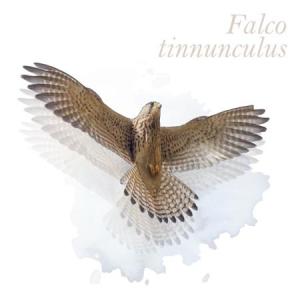






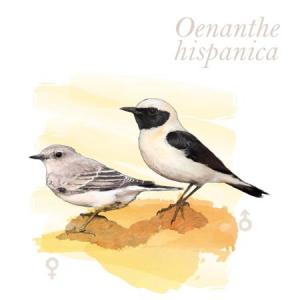


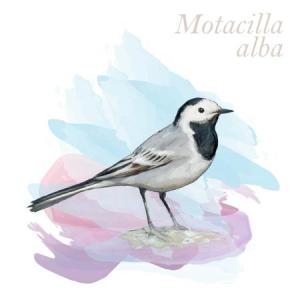

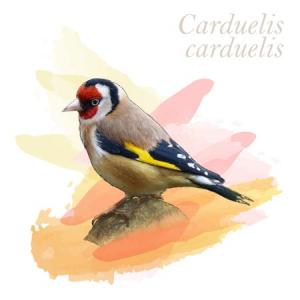

| SPECIES NAME | COUNT | DATE | |
|---|---|---|---|
| No observations have been recorded in the last 15 days. | |||
